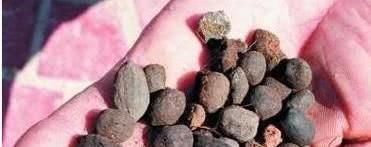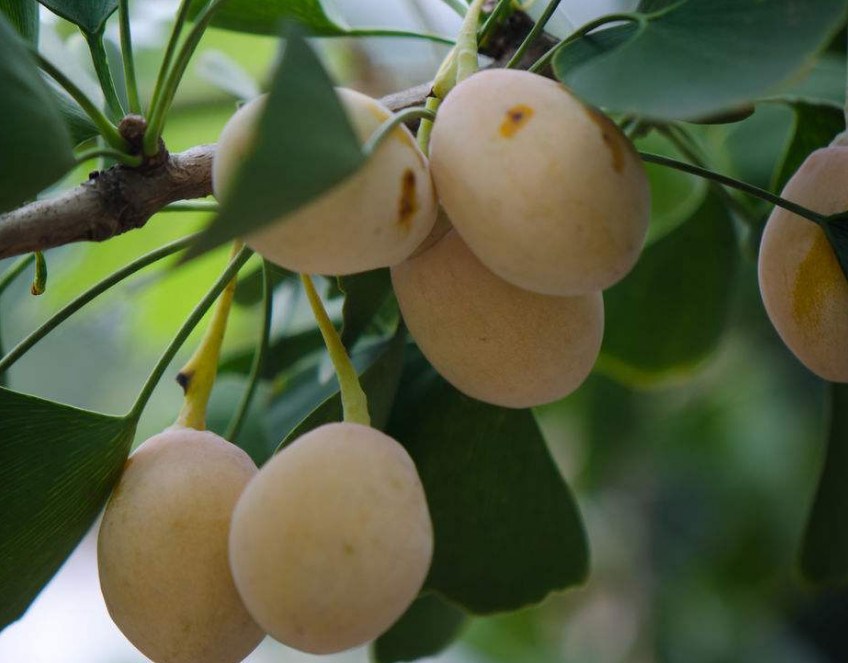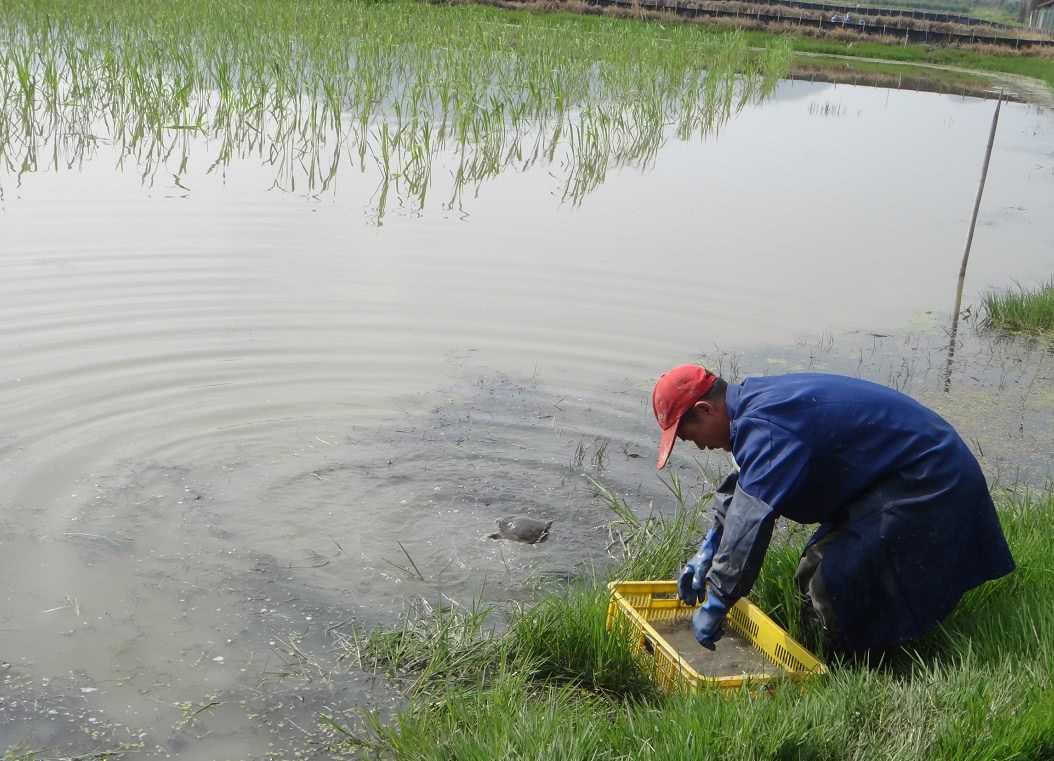Don't be too dirty. It's a good fertilizer for growing flowers. It costs nothing.

What should I use to fertilize in autumn? This is the question that many flower friends have been asking recently. If you apply fertilizer well in autumn and don't get cold in winter, you will be able to grow prosperous next spring. What should I use? Of course, the first choice is organic fertilizer, then the highest nutrient without hurting the flower is sheep dung! If you have resources around you, you don't have to spend money if you can use local materials. If you don't have flowers, you can search for them and buy them online.
The advantages of sheep dung
The smell is relatively small, flower fertilizer is generally used in dry nutrients, but also no taste. Just like when we change the basin, we will find that there are some unknown balls hidden in the soil, not clay, but the hands are unbreakable, black, and do no harm to people's health.
Nutrition is extremely rich, sheep eat grass, pulled out of the feces are mostly plant components, which is exactly what flowers and plants need.
It doesn't hurt the roots. Many people are worried about whether they will burn roots or not. the fertilizer effect of nutrients is indeed very high, but the effect is relatively mild, and there is no such concern.
Usage
The first kind:
Maximize the fertility of sheep dung. First, expose the nutritious eggs in the sun (as well as those bought online), sterilize them fully, put them in a mineral water bottle, add a certain amount of water, cover the bottle, and wait for it to dissolve in the water. After half a month, you can take it out and dilute it with water. It can be watered directly to the surface of the flowerpot and be careful not to splash on the leaves.
The second kind:
If the nutrients are directly mixed in the soil, they can be laid on the upper layer of the ceramsite, which can not only play the role of air permeability, but also play a fertilizer effect every time it is watered.
- Prev

The ginkgo fruit dropped by the roadside is picked up and planted at home, and the golden potted plant is old and valuable.
Falling leaves in autumn is the most beautiful scenery, so which leaf is the most beautiful, of course, ginkgo biloba leaves! There is no flower friend who not only rewarded the ginkgo leaves, but also built back the ginkgo fruit, went home and planted a small potted plant, which grew up after careful cultivation.
- Next

Raising 300 thousand-year-old fish in Zizania caduciflora field, one does not worry about selling more than one stone to help farmers get rich.
Now this season is not only the harvest season of all kinds of agricultural products, but also the mature season of Zizania caduciflora. Many people like to eat Zizania latifolia, as white as jade, commonly known as bamboo shoots in the water, the nutritional value is also very high. Zizania caduciflora is a plant growing in freshwater ponds, so.
Related
- Wuhan Hospital Iron Tree Blooming Result Was Instantly Frightened by the Gardener Master
- Which variety of camellia is the most fragrant and best? Which one do you like best?
- What is the small blue coat, the breeding methods and matters needing attention of the succulent plant
- Dormancy time and maintenance management of succulent plants during dormancy
- Minas succulent how to raise, Minas succulent plant pictures
- What are the varieties of winter succulent plants
- How to raise succulent plants in twelve rolls? let's take a look at some experience of breeding twelve rolls.
- Attention should be paid to water control for succulent plants during dormant period (winter and summer)
- Watering experience of twelve rolls of succulent plants
- Techniques for fertilizing succulent plants. An article will let you know how to fertilize succulent plants.

